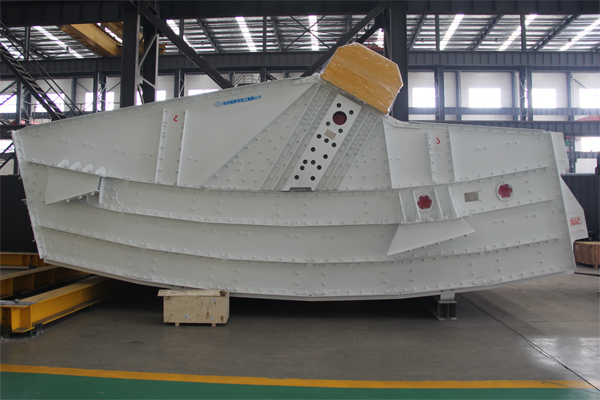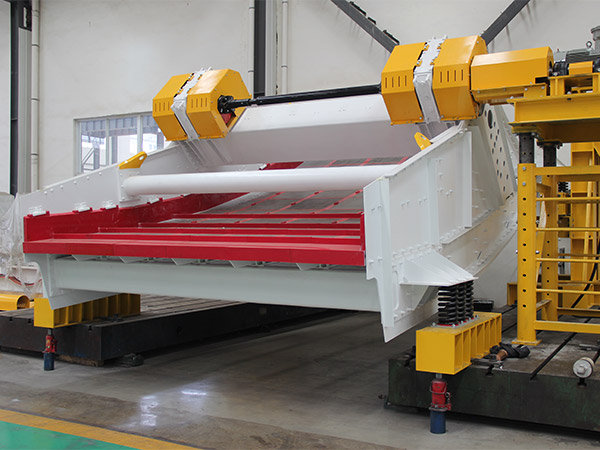How effective is a vibrating screen?
A vibrating screen, also known as a sieve or a separator, is a mechanical device used to separate materials by particle size through the vibration and movement of the screen surface. The effectiveness of a vibrating screen depends on several factors, including the type of material being processed, the amplitude and frequency of the vibrations, the angle of inclination of the screen, and the design of the screen itself.
How the effectiveness of a vibrating screen

Particle Separation
The primary purpose of a vibrating screen is to separate particles based on their size. The screen’s mesh or opening size determines the size of particles that can pass through. Larger particles are retained on the screen surface and are referred to as oversize, while smaller particles pass through and are referred to as undersize. The effectiveness of the screen is determined by how accurately it separates these particles according to size.
Screening Efficiency
The screening efficiency of a vibrating screen refers to the percentage of undersize particles in the feed material that actually pass through the screen and are collected as product. Higher screening efficiency indicates that the screen is effectively separating particles of the desired size. Factors such as vibration amplitude, frequency, and screen inclination play a role in determining screening efficiency.
Capacity
The capacity of a vibrating screen is the amount of material it can process in a given time period. An effective vibrating screen should be able to handle the desired capacity without causing excessive wear, blinding of the screen surface, or other operational issues.

Screen Blinding
Screen blinding occurs when particles become trapped in the openings of the screen, reducing the effective open area and diminishing the screening efficiency. This can happen due to factors like moisture, fine particles, and high feed rates. Effective screen designs incorporate features to minimize blinding, such as anti-blinding devices and screen surface treatments.
Material Characteristics
The type and characteristics of the material being screened also impact the effectiveness of a vibrating screen. Materials with varying moisture content, particle shape, and abrasiveness can behave differently on a vibrating screen. Some materials may stick to the screen surface or form clumps, affecting the separation process.

Vibration Parameters
The amplitude and frequency of the vibrations applied to the screen surface are adjustable parameters that influence screening efficiency. Higher amplitude and appropriate frequency can help to effectively move particles along the screen surface and prevent blinding.
Screen Design
The design of the screen itself, including the type of screen panels, mesh, and the arrangement of the decks, can impact the effectiveness of particle separation and screening efficiency.
Overall, a well-designed and properly maintained vibrating screen can be highly effective in separating and classifying particles based on their size. However, the effectiveness can vary depending on the specific application and material characteristics. It’s important to consider factors such as the type of material, required capacity, and operational conditions when selecting and using a vibrating screen for a particular process.



